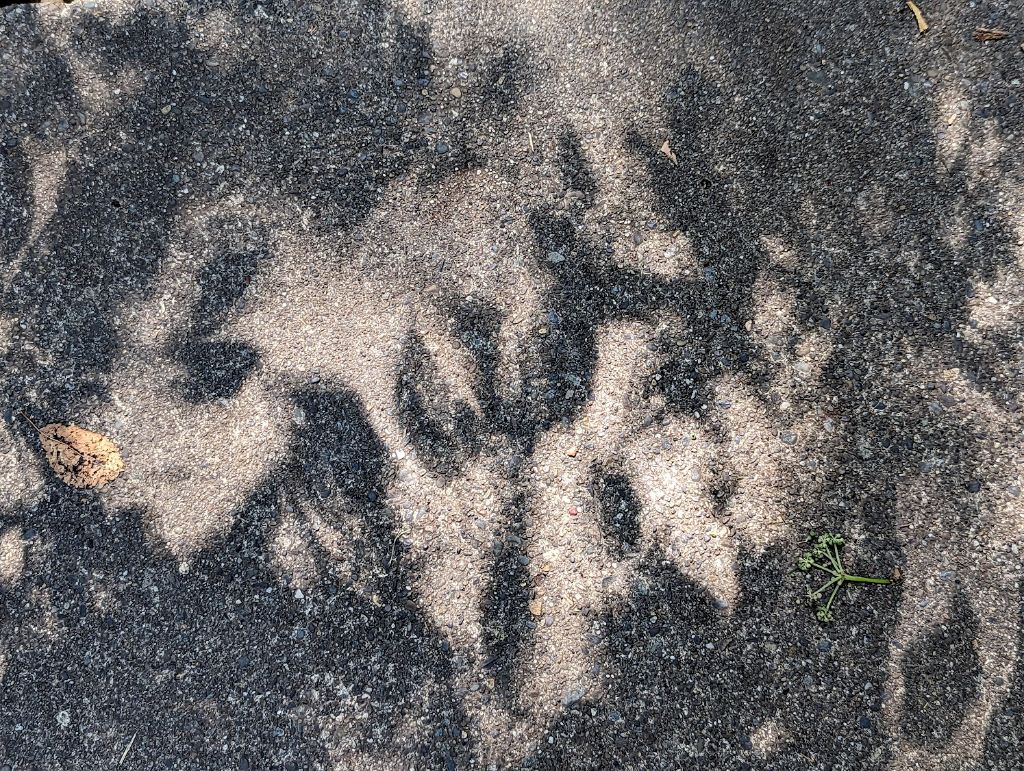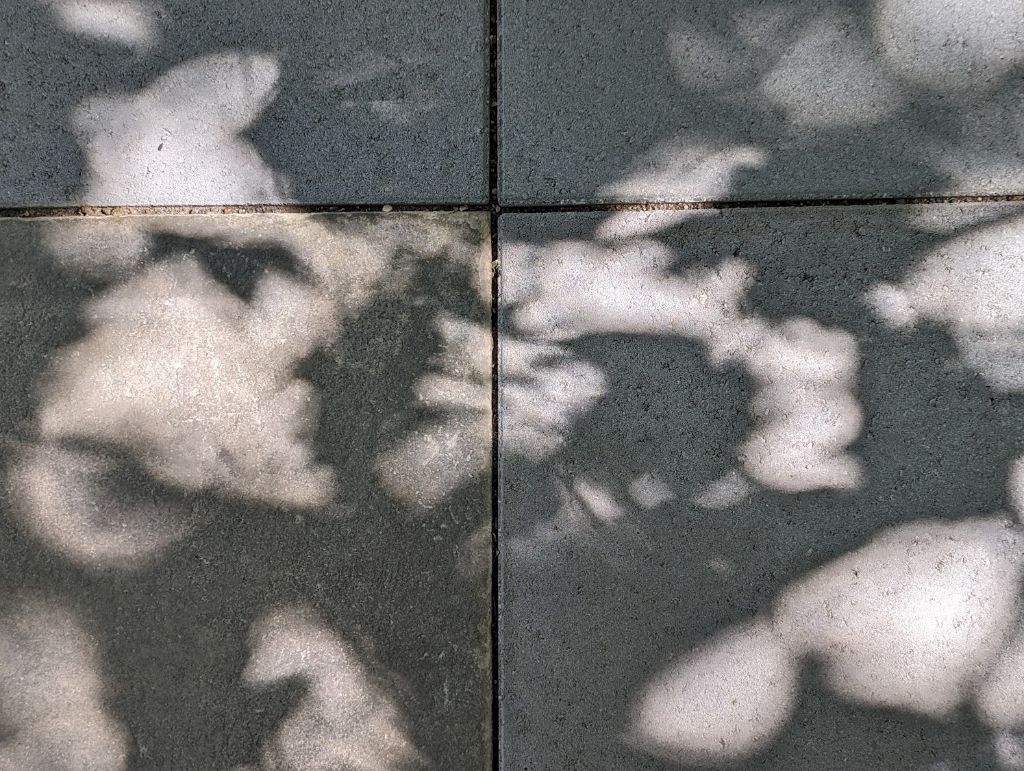About Me
My name is Marc Brooker. I've been writing code, reading code, and living vicariously through computers for as long as I can remember. I like to build things that work. I also dabble in machining, welding, cooking and skiing.I'm currently an engineer at Amazon Web Services (AWS) in Seattle, where I work on databases, serverless, and serverless databases. Before that, I worked on EC2 and EBS.
All opinions are my own. This is my less-technical blog on non-work topics. For my main blog, visit https://brooker.co.za/blog/.
Links
My Publications and Videos@marcbrooker on Mastodon @MarcJBrooker on Twitter
The Shadows of Trees
I love shadows.
Each shadow tells a rich little optical story about the environment it lives in. A tiny fleeting photograph of the sun, the lights, or the sky, taken through the lens of some complex object. Sometimes, when I’m waiting somewhere I’ll look at shadows on the ground and try work out what the lights above look like. Their color complemented by the shadow’s color. Their shape giving hints of anistropy. Their distance and size controlling the umbra and penumbra. A clear antumbra is a particular treat. It’s especially fun if there’s both sun and lights.
Trees have the best shadows.
The shadows of trees tell the richest stories.
There’s one tiny story I particularly love in the shadow of trees. An opportunistic little pinhole camera where the tree’s own shadow sharpens and bends itself.

Have you ever noticed how the shadow of a tree has some fuzzy shadows and some sharp ones? Normally, the fuzzy ones are from the highest leaves. Their large penumbra measuring the size of our distant sun. The sharp ones are from leaves lower down, their umbra still intact.
But sometimes something magic happens. A tiny gap in the leaves above occludes part of the sun’s disk, forming a type of pinhole. This pinhole shines on the leaves below, creating particularly sharp little shadows even at long distances.
Look at the image above. The center of the image shows a trident of leaf shadows, sharper than the rest. Not from near the ground, but from the second tier. Their sharpness comes from the leaves above forming a pinhole that shrinks the apparent size of the sun’s disk.

Or this one. The same effect, but with significant anisotropy. Or would that be astigmatism?
Have you ever looked at the shadow of a tree during a partial eclipse? You should. It’ll change the way you see the world around you.
